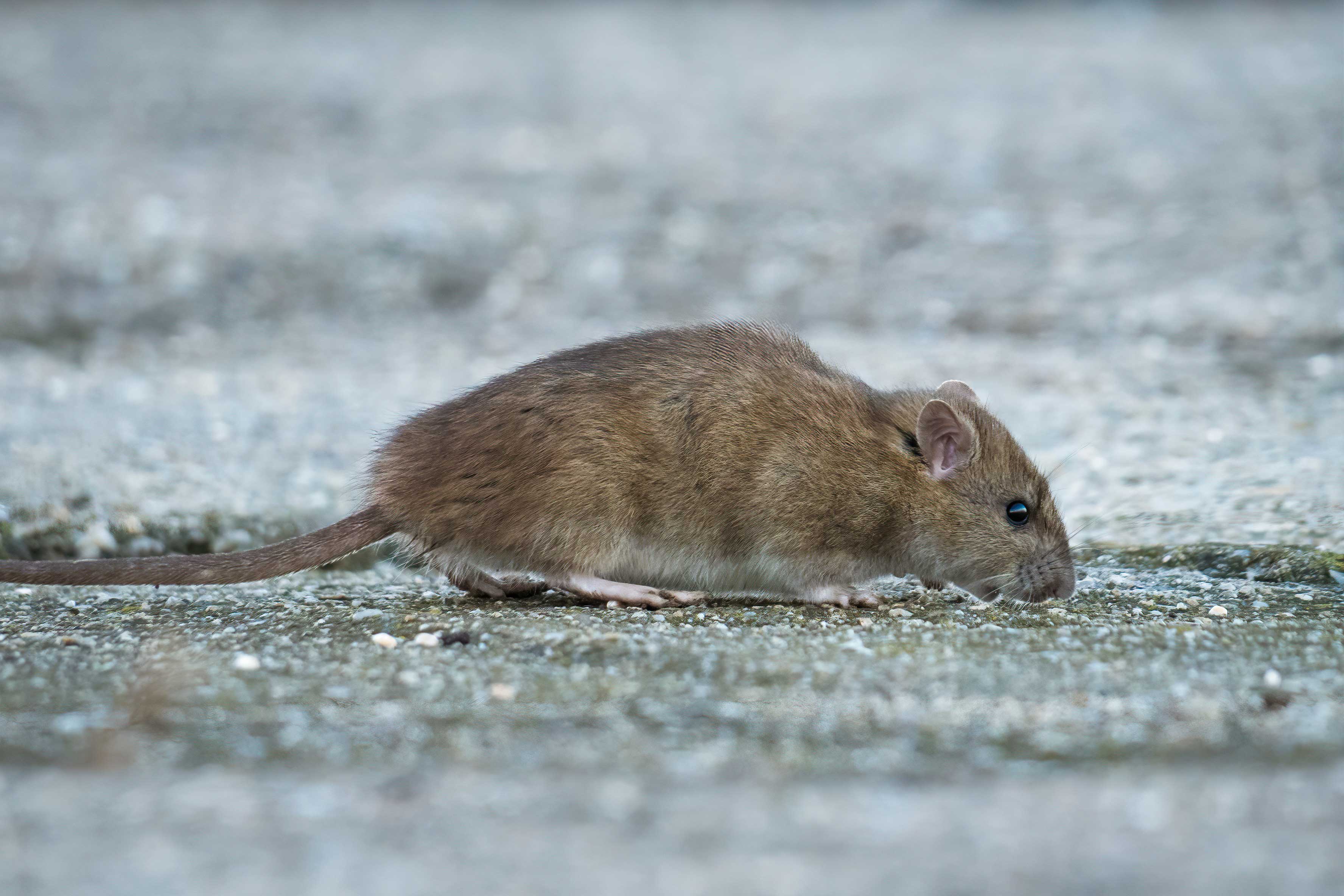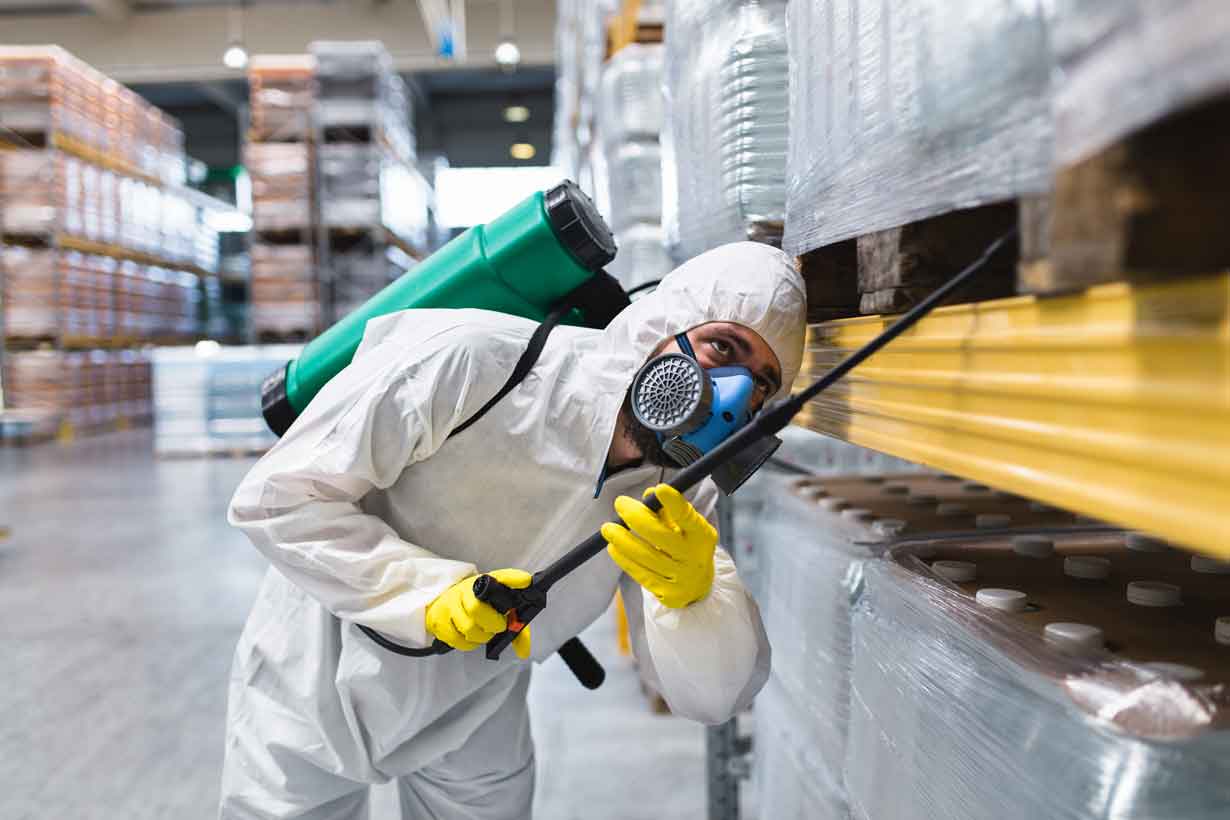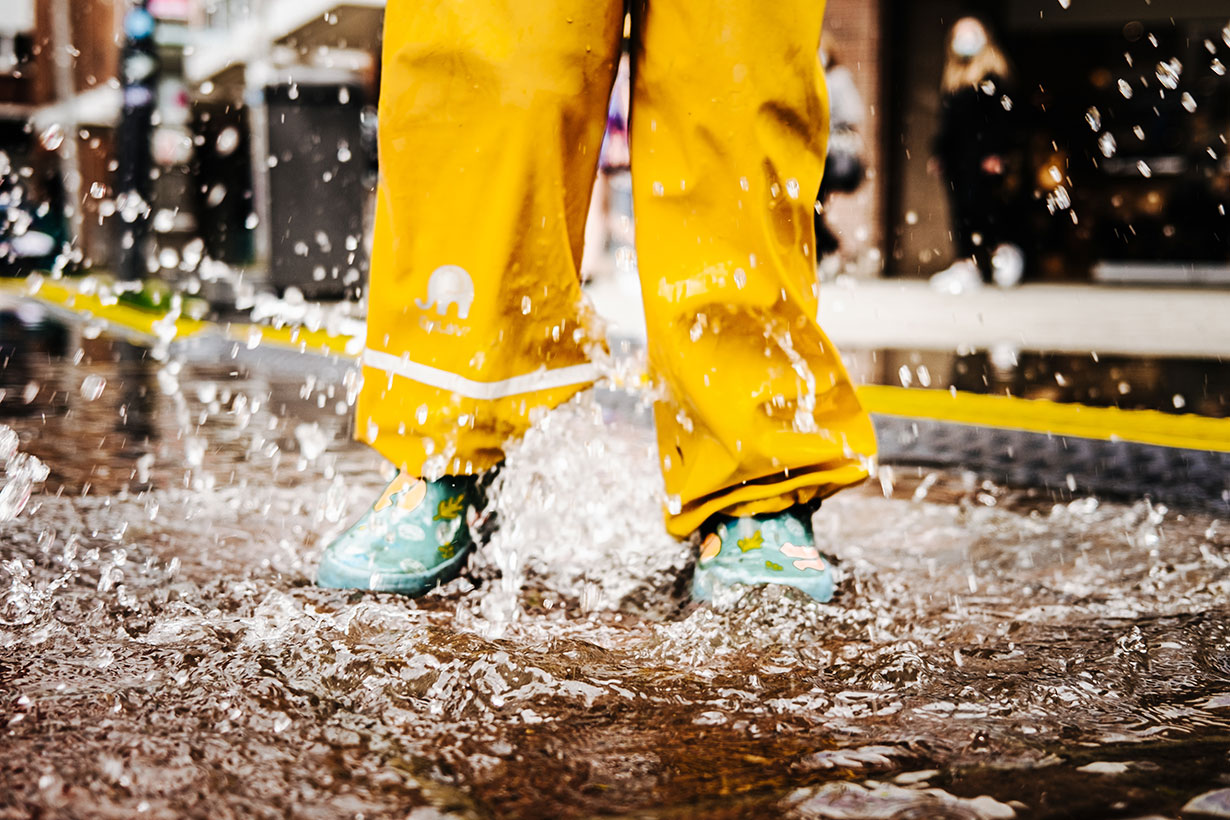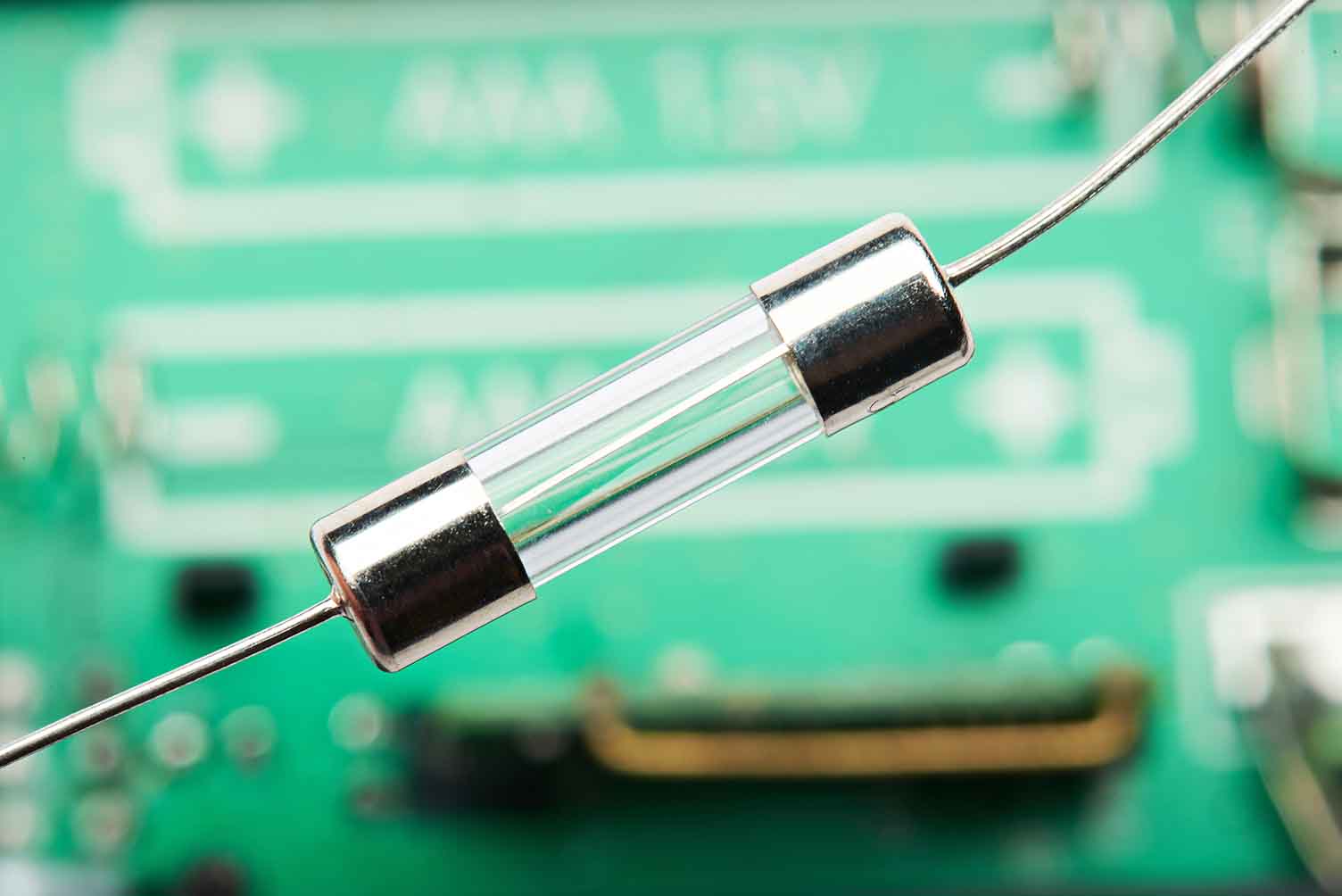

Integrated Pest Management: Preventing Rodent Infestations in Your Facility
By Grainger Editorial Staff 9/18/25
Learn how to prevent rodent infestations in your facility with integrated pest management (IPM) strategies. Get expert tips on sanitation, sealing entry points, monitoring, and working with pest control professionals to help protect people, property and operations.
Keeping your building and occupants safe is a top priority whether you operate a restaurant, factory, warehouse, medical facility or school. Rodents and other pests can threaten any facility and its occupants’ health. According to the Centers for Disease Control, rodents can spread diseases to people in several ways, including when people breathe polluted air, touch contaminated surfaces or eat contaminated food.
Rodent infestations often spike during the fall and winter when mice and rats seek shelter inside homes and buildings. Once rodents get inside, they can contaminate food, cause asthma, allergies and spread disease. Rodents can also cause significant property damage by chewing through drywall, insulation and electrical wiring. Damaged electrical wiring isn’t just costly to repair—it poses a significant fire hazard. However, with some simple measures, you can help prevent and control rodent infestations in your facility.
How to Identify Rodent Infestations
Large facilities are at a higher risk of rodent and other pest infestations since there are more possible entry points, and keeping a large property consistently sanitized can be difficult. However, unless an infestation is severe, you may never see a rat or a mouse. The Environmental Protection Agency (EPA) recommends looking for common signs of rodent infestation, including:
- Rodent droppings around food, under the sink or in drawers or cabinets.
- Gnaw marks on plastic, wires and piping or food packaging.
- Holes chewed in walls or floors, creating entry points.
- Nesting materials like shredded paper, fabrics, packing materials and wall insulation.
- Strong, stale odors coming from unknown areas.
- Strange noises coming from walls, especially at night.
Preventing Rodent Infestations
Develop an Integrated Pest Management Plan
The National Pest Management Association (NPMA) recommends working with a pest control company to develop an integrated pest management (IPM) plan to continually help prevent infestations in large commercial facilities and resolve issues when they arise. The EPA describes IPM as focusing on environmentally friendly pest prevention solutions, only using pesticides, rodenticides and other chemical repellents when necessary to manage pests with the least amount of damage or harm to people, property and the environment. Additionally, according to the U.S. Department of Agriculture (USDA), the Federal Insecticide, Fungicide, and Rodenticide Act 7 U.S.C. § 136r, requires federal agencies to encourage the use of IPM for ongoing pest management in their regulations, procurement and other activities.
Work with Pest Control Professionals
According to the NPMA, it’s important to work with pest professionals since the EPA recommended limiting the use of several rodent bait products to certified applicators who have the proper training to know when and how to use these products to limit risks. IPM programs use a range of appropriate pest management strategies, including the careful use of pesticides, rodenticides and repellents. However, IPM programs typically limit preventive pesticide applications since the risk of pesticide exposure may outweigh the benefits, especially when non-chemical methods provide the same results. The USDA reports IPM programs are helpful in preventing pests in many different areas, including commercial and agricultural settings, parks and wildlife refuges, in addition to schools and public housing.
Regularly Inspect and Monitor for Pests
It’s important to conduct regular inspections, paying close attention to any dark or damp areas that are particularly attractive to pests. Check for signs of various infestations, including droppings, gnaw marks, nests and debris. Employees should also carefully inspect all incoming packages for damage and signs of pests before bringing them into the facility. Passive monitoring can include traps, bait stations and other monitoring tools to help identify the pest and determine the appropriate control methods. Pest populations can vary in response to many factors. Nature is complicated; therefore, continuous monitoring can help ensure that unnecessary treatments are avoided.
Focus on Sanitation
Rodents are highly attracted to food. If they are sourcing food from your facility, their populations can quickly grow into a larger issue. Remove potential food sources by storing food in tightly sealed containers, cleaning high-traffic areas and ensuring garbage is disposed of into sealed containers.
Remove Possible Sources of Shelter
Pests need shelter to survive. Rodents are attracted to moist, dark areas where they can remain hidden from sight. Remind staff to keep storage spaces clean and organized since clutter can provide shelter for pests. Ensuring your facility is clean and well-ventilated can help reduce excessive moisture and eliminate potential hiding spots. Keeping lawns and vegetation trimmed and maintained year-round can also discourage rodents and other pests from seeking shelter near your facility.
Seal Entry Points
A mouse can fit through a dime-sized hole, so it’s important to seal up any cracks or gaps found on the exterior of the building. The NPMA recommends focusing on areas where pipes and utilities enter and sealing any cracks or crevices in the structure with silicone caulk and steel wool. Screen chimney vents and replace any loose mortar and weatherstripping around windows and the foundation. Repairing screens and installing door sweeps on exterior doors can also help prevent pests from gaining entry.
Evaluate Results
Pest management is an ongoing process. After control methods and treatments are applied, continuous monitoring is necessary to determine the effectiveness and if the pest populations have reached acceptable levels.
With integrated pest management, the ultimate goal is to evaluate how the entire ecosystem is managed to determine the best way to help prevent pests. If pest control treatments are necessary, IPM can help determine the most effective approach with the least environmental impact.

Safety Management
6 Tips to Help Prevent Slips, Trips and Falls
Identify the fall hazards in your workplace and implement a fall safety program. Check out these tips from Grainger so you can mitigate risk.
![]() OUR LATEST KNOWHOW
OUR LATEST KNOWHOW

Equipment
Facility Pest Control: How IPM Helps Safely Manage Insects
Discover safe, compliant pest control with IPM. Find tips for insect monitoring, sanitation and safe insecticide use in commercial facilities.
The information contained in this article is intended for general information purposes only and is based on information available as of the initial date of publication. No representation is made that the information or references are complete or remain current. This article is not a substitute for review of current applicable government regulations, industry standards, or other standards specific to your business and/or activities and should not be construed as legal advice or opinion. Readers with specific questions should refer to the applicable standards or consult with an attorney.













